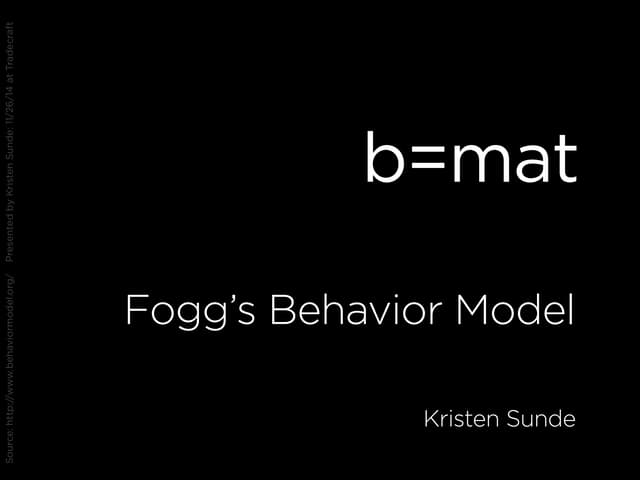
Onboarding users to a product isn’t the objective. How the Fogg Behavior Model Relates to User Onboarding Attainable training goals build endurance and motivation curate behavior that make running a habit, and in this case, a higher likelihood to cross that marathon finish line. Training for a 26.2-mile marathon takes discipline. In this example, the Fogg Behavior graphs support the belief that human behavior can become a habit when motivation and ability are high. Therefore, finishing your first 2-mile run is high, and the endorphins from this training will help motivate future training. This time, plotting your level of motivation and ability showcases your behavior above the Action Line. You wake up early for your first training and remind yourself about the powerful motivator waiting at the end of the run – a savory chocolate banana smoothie. Now, let’s say you set a more realistic goal to run two miles. Running a long distance isn’t easy, and even the best athletes need motivation. Unfortunately, the probability of finishing the ten miles is very low. Your behavior falls below the Action Line on the graph’s Motivation and Ability axis.

With no prior running experience, you set the ambitious goal of running ten miles on the first training day. You’re training for a marathon and aim to wake up at 6 a.m. Behaviors that become habits fall above the Action Line.


 0 kommentar(er)
0 kommentar(er)
